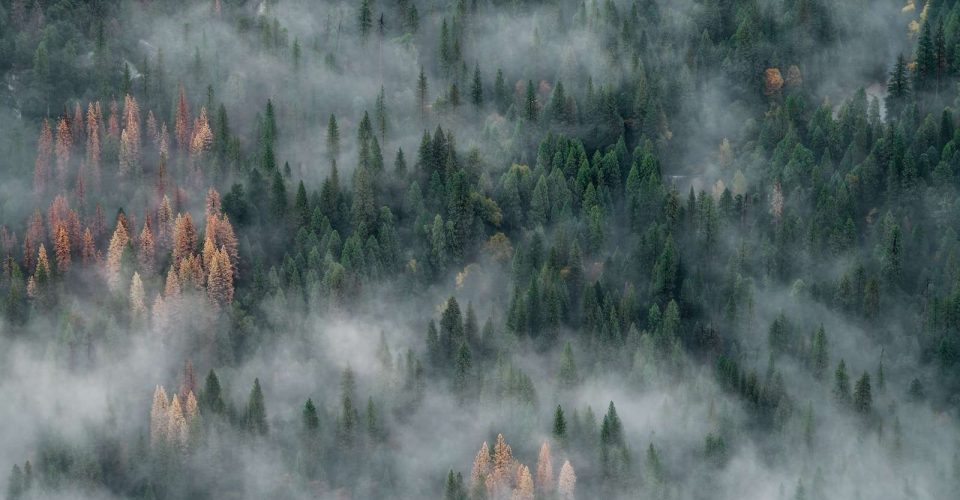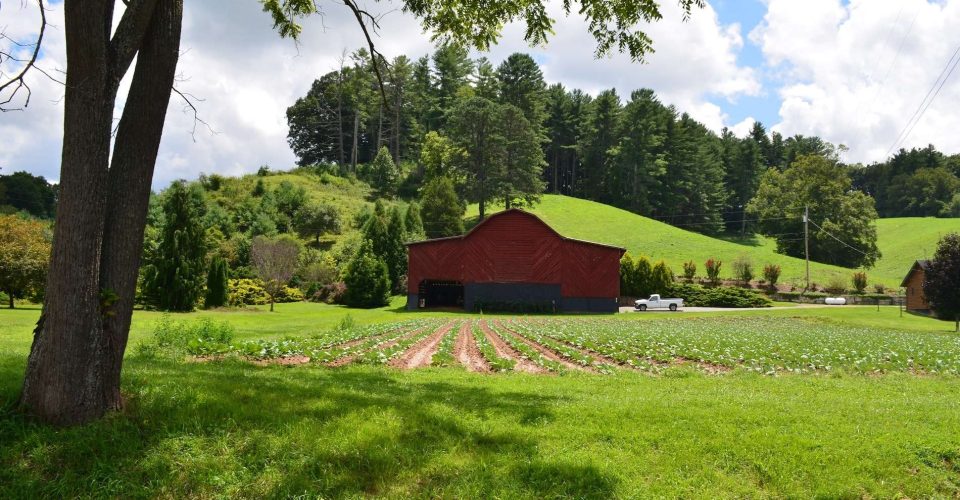One of the most important aspects of developing a resilient, anti-fragile life is to understand the land that you live on. It is critically important to take into account the unique attributes of your property. For example, people often spend a lifetime (and a fortune!) trying to combat challenges like flooding or high energy bills that arise when houses are built without taking into account details like wind direction, the location of water sources, or even the natural vegetation within an area.
Understand the natural elements, and make them work for you
Too often, owners inherit beautiful properties that require constant upkeep because they were not built with a resilient exterior that could, for example, withstand strong winds. Oftentimes these properties are also missing items that would allow the owner to harness elements like strong wind for energy and power, saving owners the trouble and expense of an enormous yearly energy bill and reliance on external infrastructure.
When water, the weather, and crops all work in interdependent harmony, land owners can design an antifragile life that is both functional and fulfilling.
Incorrect understanding of water movement can also cause problems. Flooding often threatens the integrity of a building or crop or even the safety of livestock because the initial design of a property did not take into account the behaviour of water sources on that piece of land. However, these same water sources could, for example, provide safe irrigation for an entire field or be transformed into a well when harnessed and used correctly.
Cultivate complementary plant species
Additionally, it is very important to take into account the natural vegetation of a piece of land. What kind of complementary species can be cultivated to complement the existing vegetation in an area? What kind of crops will allow your land to grow lush and resilient in a sustainable way, enabling your land to not only flourish during times of abundance but even thrive in times of challenges? If a crop of complementary genetic structures are built together they can support each other’s growth and even protect one another from natural challenges in the environment. For example, certain plants and beans are often planted together to support each other’s flourishing in the same piece of land.
As discussed in Designing Your Resilient Homestead, the following three questions or thought patterns will guide you in understanding the land you live on.
- First, determine the most important thing your property needs to have in order to be abundant and resilient, and what you will need to do in order to support or create that thing. Do your property’s needs align with how much time, money or work you want to invest? Address this first when choosing land and designing a homestead.
- Secondly, consider the most important things you need your land to do for you. Think carefully about these needs, and which of those are most important. For example, it is important to know if you need to have a garden, whether you need this land to support livestock, and if you want to be secluded or prefer land that’s close to other amenities.
- Lastly, determine the most important things your house needs in order to keep you safe, healthy and protected. (Hint: don’t begin with the aesthetics.) For example, what kind of heating needs do you have? What kind of natural elements in the landscape can work to make your house more energy or water efficient?
People often spend a lifetime (and a fortune!) trying to combat challenges like flooding or high energy bills that arise when houses are built without taking into account details like wind direction, the location of water sources, or even the natural vegetation within an area.
With a little forethought and some careful planning, a basic understanding of the land you live on will enable you to build a property or plant a crop that works with rather than against the realities of an ecosystem, weather system, or geographical location. When water, the weather, and crops all work in interdependent harmony, land owners can design an antifragile life that is both functional and fulfilling.
—–
Rob Avis is the lead engineer and co-founder at 5th World Land Regeneration Consulting and is a leading voice in the land regeneration movement. He holds a Bachelor of Science in mechanical engineering from the University of Alberta, interned at the Folkecenter for Renewable Energy in Denmark. Rob is also a renowned Canadian permaculture designer, consultant, and educator. He is the co-founder of Verge Permaculture, a company dedicated to grassroots education and project-based learning that empowers individuals to design and develop sustainable systems. His teachings focus on advanced permaculture design, soil regeneration, passive solar greenhouse design, and rainwater harvesting. Avis is also a distinguished author and has co-written the book “Essential Rainwater Harvesting: A Guide to Home-Scale System Design” with his wife and Verge Permaculture co-founder, Michelle Avis. He also frequently shares his knowledge and experiences through his articles and YouTube channel. View Rob’s Books Rob is also a top contributor on Resilience.org, a site dedicated to helping the world to build sustainable, resilient communities.



